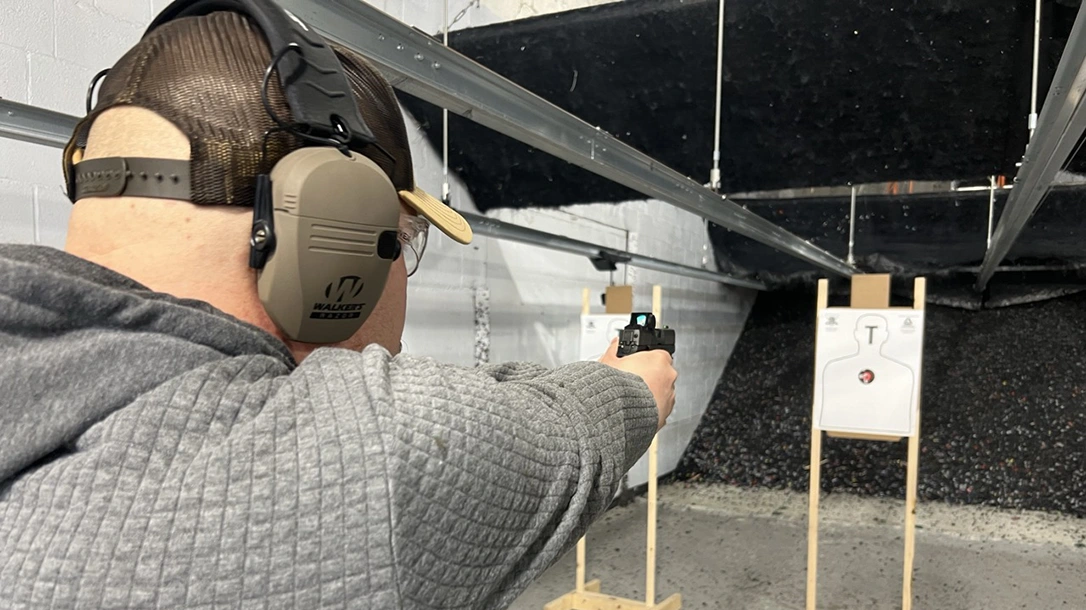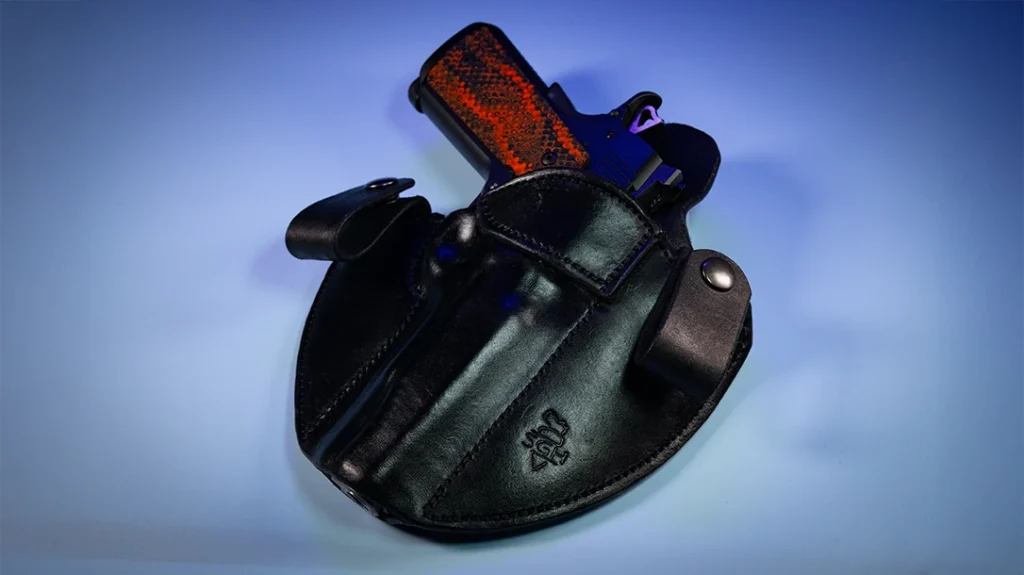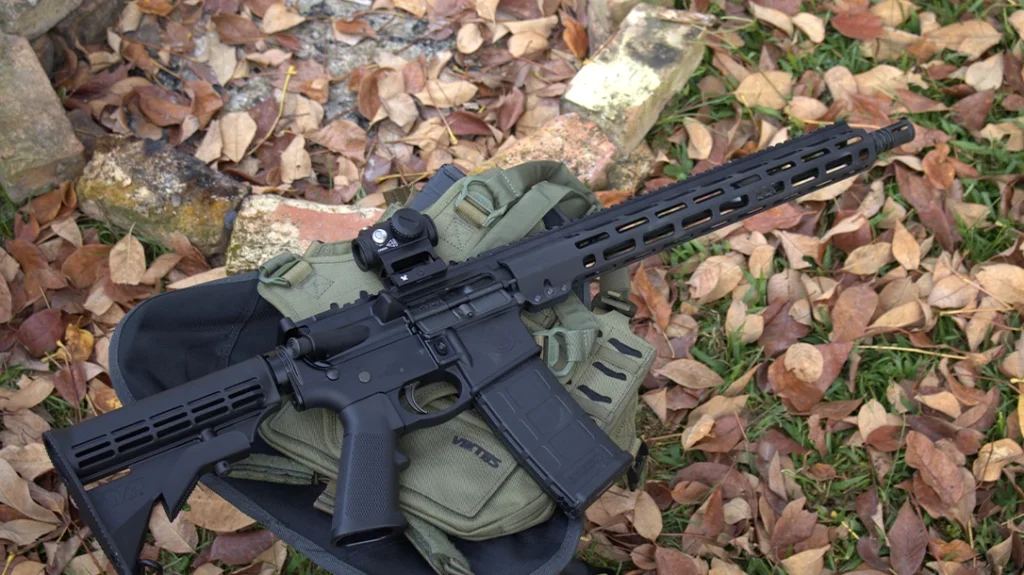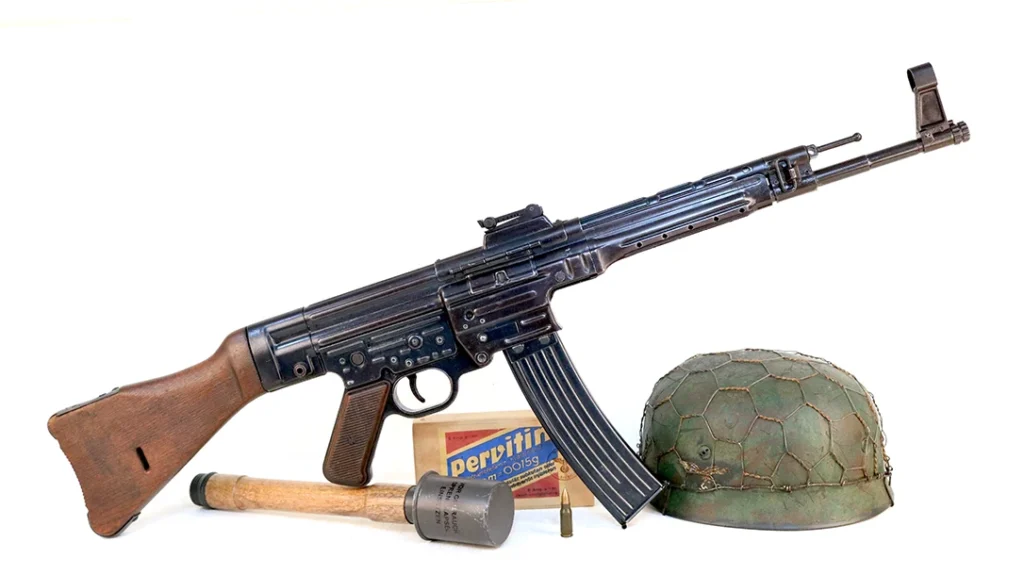For those of you who don’t know me yet, I’m new to Athlon Outdoors. I’m a pistol instructor, Range Safety Officer, gunsmith, and a general advocate for safe and responsible firearm use. That said, I help many new shooters understand how to pick their first gun. This is a guideline I typically share with them.
Why Your First Gun Should Be Simple and Affordable
One of the most common questions I get from new shooters is, “What gun should I buy?”
It seems like a simple question, but it always needs some qualifiers. What’s the gun’s job? Where will it spend most of its time? What’s the physicality of the person using it?
Advertisement — Continue Reading Below
But usually, this question comes from a beginner looking to purchase their first handgun for self or home-defense. And while it’s tempting to recommend a specific gun, here’s my honest answer: your first gun should suck.
I know, that might sound odd, but hear me out. I don’t mean “suck,” as in junk or bad. Only that your first gun shouldn’t be perfect or ideal for any particular scenario. It shouldn’t be too big, too small, or overly specialized. Instead, your first handgun should be a well-rounded tool that’s good at just one thing: repetition.

Advertisement — Continue Reading Below
Your first gun should be reliable, affordable, and capable of being carried. But it’s likely not going to be the gun you carry every day for years. Think of it like your first car—maybe it wasn’t a dream vehicle, but it got you from point A to point B and helped you learn how to drive.
Your first gun is similar. It’s not about perfection but about having something that you can use, learn from, and eventually outgrow as you develop your shooting skills.
What to Look for in a First Gun
Your first handgun should be simple and functional. It doesn’t need to do anything “extremely well,” but it should handle the basics. Here are a few guidelines to follow when choosing:
Advertisement — Continue Reading Below
- Size: It shouldn’t be too big or too small. You want a gun that fits comfortably in your hands but isn’t difficult to carry or maneuver.
- Caliber: Stick with common calibers like 9mm, .38 special, .40 cal, .45 ACP, .380 etc, which are affordable and easy to find. This ensures that you can shoot often without breaking the bank.
- Concealability: You should be able to conceal the gun, but it’s okay if you have to make a few wardrobe adjustments to make it work.
- Repetition: The most important factor is that it’s reliable and you can get a lot of practice with it. You’ll need to shoot regularly, so it should be a firearm that allows for repetition and learning.
Think of it as the handgun that helps you get comfortable with shooting before you move on to something more specialized. The main goal here is shooting a lot and building your fundamentals. That’s where the true value of your first gun lies.
Five Great First Guns (No Particular Order)
I would like to reiterate that by “suck,” I don’t mean junk or bad in any way. You want a solid gun that will be reliable and versatile. Just not high-end or specialized.
If you’re looking for suggestions, here are five great guns that are excellent choices for beginners:
Advertisement — Continue Reading Below
- S&W M&P
- Walther PDP
- Canik TP9
- S&W 686
- CZ P-10
These guns all share some important traits: they’re easy to shoot, have affordable and accessible ammunition, and are perfect for honing your skills.

Now, it’s tempting to go straight for a specialized gun, especially if you’re thinking about concealed carry.
Advertisement — Continue Reading Below
However, for a beginner, it’s better to stay away from guns designed exclusively for everyday carry (EDC). These guns tend to be smaller, have shorter sight radiuses, and may come with a recoil impulse that’s not conducive to learning. All of these factors can make it harder for a new shooter to master the basics.
The main focus for your first gun should be on shooting a lot and often. Mastering those fundamentals—grip, sight alignment, trigger control—will make you more comfortable and accurate. Once you’re ready to carry full-time, then you can choose a more specialized gun that fits your everyday needs.
Key Features of Your First Gun
When choosing your first gun, there are some key features to keep in mind:
Advertisement — Continue Reading Below
- Controls: Make sure you can comfortably reach all of the gun’s controls (slide release, magazine release, etc.) with your shooting hand.
- Sights: You want clear, easy-to-read sights. If you can’t quickly acquire your target with the sights, you’re going to struggle in any real-world situation.
- Safeties: One of the most common questions I get is whether or not a gun should have an external or manual safety. My advice? Train with it if it’s there. If your gun has a manual thumb safety, practice sweeping it off as you draw from the holster and engaging it when you re-holster. It’s not absolutely required, but it’s a good habit to build.
- Holstering: If your firearm doesn’t have a manual safety, be extra careful when drawing and re-holstering. Clothing or other objects can easily get caught in the trigger guard, causing an accidental discharge. You can never re-holster too slowly. Always look down, clear your apparel, and holster carefully.

The most important thing you can do as a new gun owner is train regularly. Get professional instruction if possible, but also practice on your own—both live fire and dry fire. Train often with your gun, your holster, and your gear.
Building good shooting habits early will serve you for the rest of your life. The goal is to develop muscle memory and make safety second nature. The more you train, the more confident you’ll become in your ability to handle your firearm safely and effectively.
Advertisement — Continue Reading Below
Final Thoughts
Your first gun doesn’t need to be fancy or high-end. In fact, it probably shouldn’t be, it should be middle of the pack. The key is to get something reliable, affordable, and capable of handling a lot of shooting so you can build your skills. Focus on shooting often, mastering the basics, and getting comfortable with carrying before moving on to something more specialized.
Keep your finger out of the trigger guard until you are ready to fire.
Take a class, hit the range, and practice safe gun handling. Shoot safe, and enjoy the journey!

Advertisement — Continue Reading Below
























